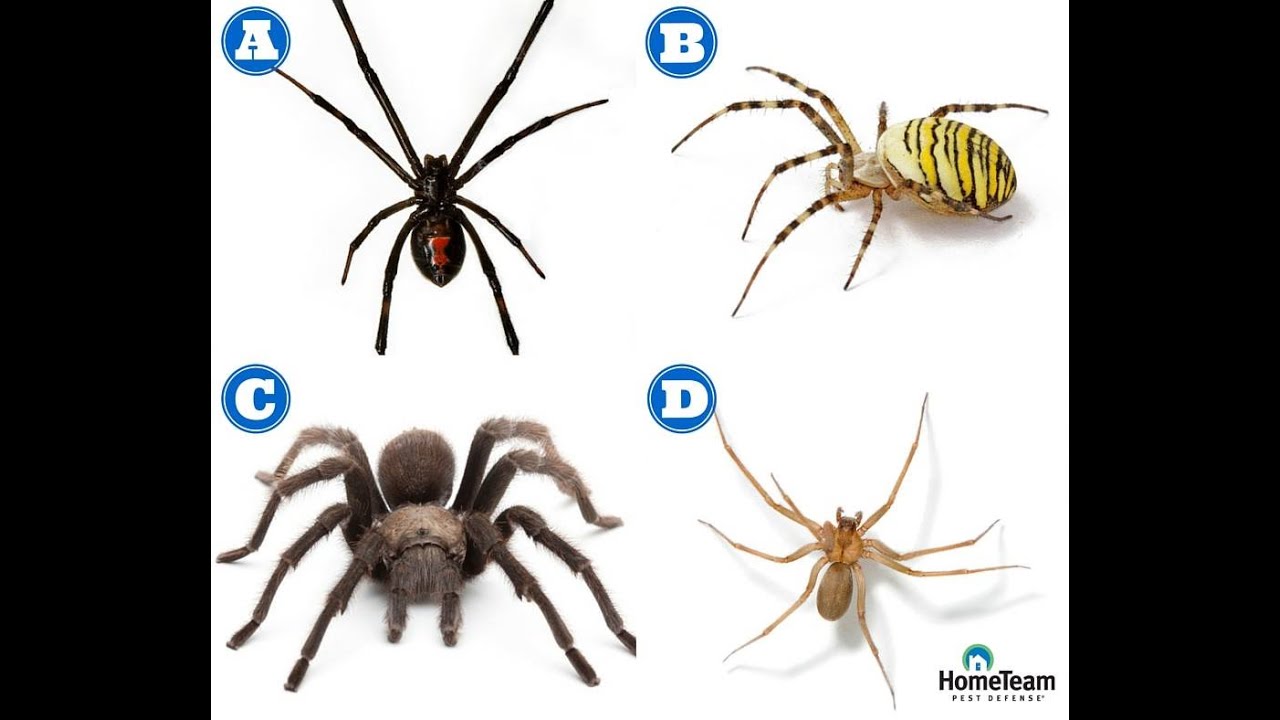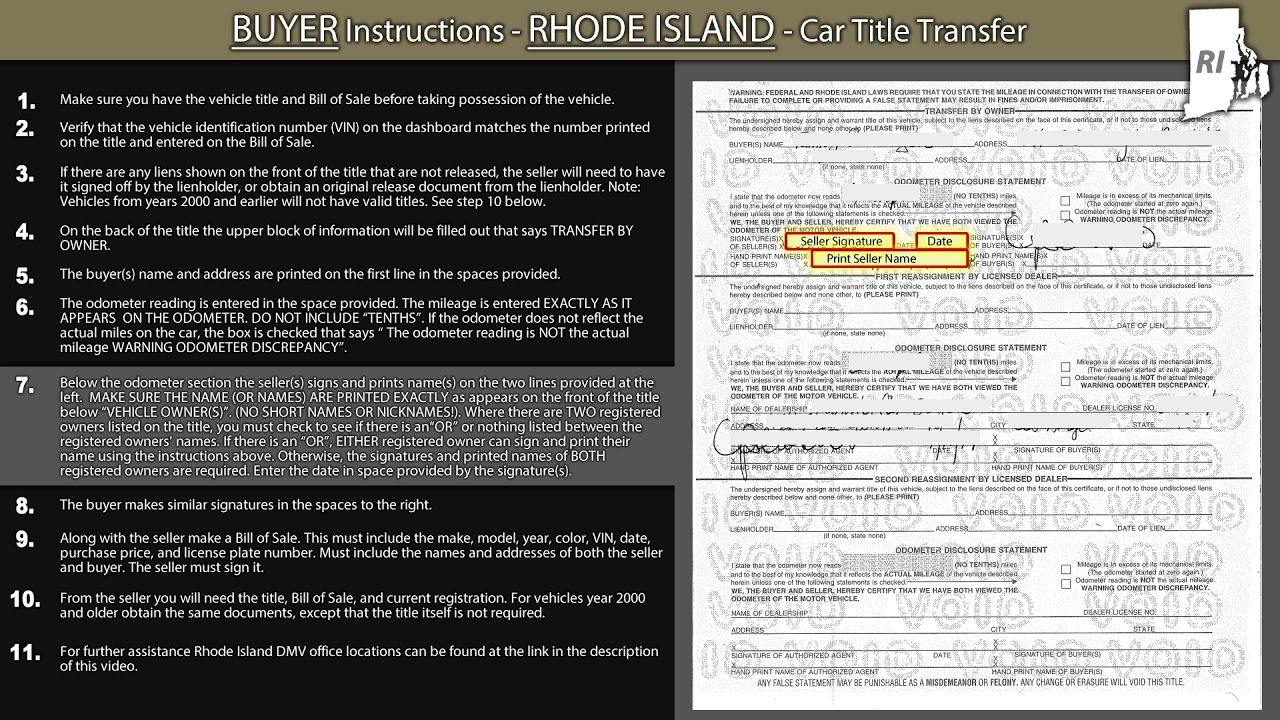Understanding the Spider Population in Rhode Island
Rhode Island, known for its scenic landscapes and coastal beauty, is home to a variety of wildlife, including spiders. While some people may be concerned about the presence of venomous spiders in the state, it is important to understand the spider population and their distribution.
Rhode Island boasts a diverse spider population, with over 400 species identified within its borders. However, the vast majority of these spiders are harmless and pose no threat to humans. These arachnids play an essential role in the ecosystem, as they help control the population of insects and other small creatures.
Identifying Venomous Spiders in the State
Although most spiders in Rhode Island are harmless, there are a few venomous species that residents should be aware of. The two primary venomous spiders found in the state are the black widow and the brown recluse.
The black widow, characterized by its shiny black body and red hourglass-shaped marking on the abdomen, is rare in Rhode Island but has been sighted in some coastal areas. The brown recluse, on the other hand, is even rarer and is typically not found in the state. However, it is important to exercise caution when encountering any spider that resembles these venomous species.
The Potential Dangers of Poisonous Spider Bites
While venomous spider bites are relatively uncommon, it is crucial to understand the potential dangers they pose. Bites from venomous spiders can result in a range of symptoms, including pain, swelling, redness, and in some cases, more severe reactions.
In rare instances, individuals who are bitten may experience systemic symptoms such as muscle pain, nausea, and difficulty breathing. It is important to seek medical attention promptly if you suspect you have been bitten by a venomous spider.
Common Species of Venomous Spiders in Rhode Island
As mentioned earlier, the black widow and brown recluse are the two primary venomous spider species found in Rhode Island. The black widow, known for its distinctive markings, is typically found in dark, secluded areas such as sheds, garages, or woodpiles. The brown recluse, characterized by a violin-shaped marking on its back, tends to prefer warm, dry environments and is rarely found in the state.
While these spiders should be treated with caution, it is essential to note that encounters with venomous spiders in Rhode Island are infrequent.
Tips for Avoiding Venomous Spider Encounters
To minimize the risk of encountering venomous spiders in Rhode Island, it is advisable to take some precautions. Indoors, regularly clean and declutter your living spaces, especially in areas where spiders may hide, such as basements, attics, and crawl spaces. Seal any cracks or openings in your home to prevent spiders from entering.
Outdoors, maintain a well-manicured landscape, keeping shrubs and vegetation trimmed away from the house. Additionally, when working in areas where spiders may be present, such as woodpiles or gardens, wear gloves and protective clothing.
Recognizing Spider Bite Symptoms and Seeking Treatment
If you suspect you have been bitten by a spider, it is important to be aware of the symptoms of a spider bite. While most spider bites cause mild symptoms such as redness, swelling, and itching, venomous spider bites can lead to more severe reactions.
If you experience intense pain, muscle cramps, difficulty breathing, or any other concerning symptoms, seek medical attention immediately. It is crucial to inform healthcare professionals of the potential spider bite and any information regarding the spider itself.
Dispelling Myths: Misconceptions about Spider Species
There are numerous myths and misconceptions surrounding spiders, especially venomous ones. One common misconception is that all spiders are dangerous and pose a threat to humans. In reality, the vast majority of spider species are harmless and even beneficial to the environment.
It is important to dispel these myths and educate the public about the true nature of spiders to prevent unnecessary fear and harm to these misunderstood creatures.
How Rhode Island’s Climate Affects Spider Distribution
Rhode Island’s climate, characterized by cold winters and warm summers, influences the distribution of spiders in the state. Some spider species may be more prevalent during certain seasons or in specific habitats.
For example, the black widow spider may be more commonly found in Rhode Island’s coastal regions, where the climate is milder. Understanding how climate affects spider distribution can aid in predicting their presence and implementing appropriate conservation measures.
The Importance of Spider Conservation Efforts
Despite the negative perception associated with spiders, they play a crucial role in the ecosystem. Spiders help control the population of insects and other pests, contributing to a balanced and healthy environment.
Conservation efforts focused on preserving spider habitats and raising awareness about their importance are essential for maintaining biodiversity and ecological stability in Rhode Island.
Spiders’ Role in Rhode Island’s Ecosystem
Spiders are a vital part of Rhode Island’s ecosystem. By feeding on insects, spiders help control populations that could otherwise become pests. They contribute to the balance of the ecosystem by preventing outbreaks of harmful insects and maintaining healthy plant life.
Understanding and appreciating the ecological significance of spiders can promote a more harmonious coexistence between humans and these fascinating arachnids.
Expert Insights: Rhode Island’s Spider Research and Discoveries
Rhode Island is home to dedicated researchers and scientists who study spiders and their behavior. Through their work, they contribute to our understanding of spider diversity, distribution, and ecological interactions in the state.
These experts often collaborate with national and international organizations to share knowledge and make valuable discoveries. Their work helps inform conservation efforts and enhances our understanding of Rhode Island’s spider population.





